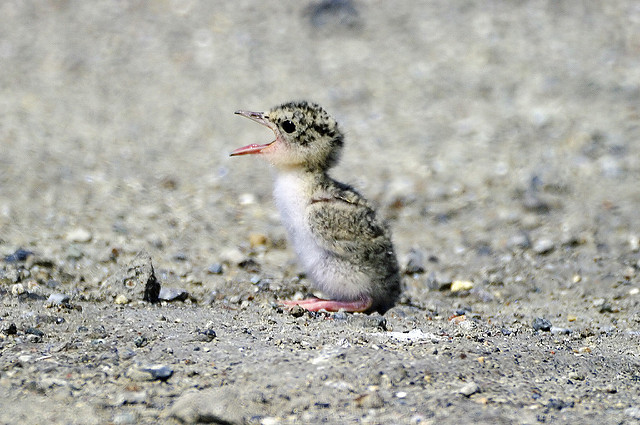December 4, 2024
The Ebiil Society: Champions of Palau
Ann Singeo, founder of our partner organization the Ebiil Society, shares her vision for a thriving Palau and a flourishing world of indigenous science!
We use cookies to help you navigate efficiently and perform certain functions. You will find detailed information about all cookies under each consent category below.
The cookies that are categorized as "Necessary" are stored on your browser as they are essential for enabling the basic functionalities of the site. ...
Necessary cookies are required to enable the basic features of this site, such as providing secure log-in or adjusting your consent preferences. These cookies do not store any personally identifiable data.
Functional cookies help perform certain functionalities like sharing the content of the website on social media platforms, collecting feedback, and other third-party features.
Analytical cookies are used to understand how visitors interact with the website. These cookies help provide information on metrics such as the number of visitors, bounce rate, traffic source, etc.
Performance cookies are used to understand and analyze the key performance indexes of the website which helps in delivering a better user experience for the visitors.
Advertisement cookies are used to provide visitors with customized advertisements based on the pages you visited previously and to analyze the effectiveness of the ad campaigns.

Plaster of Paris seabird models are being used to encourage Little Terns to nest.
Little Terns are seabirds that are found throughout Europe and in parts of Africa, India, New Zealand. Little Terns are migratory birds, and they travel to favorable nesting sites when breeding season comes around. Unfortunately, highly-populated beaches that serve as nesting sites for Little Terns have become less welcoming to these darling seabirds, and their numbers have been steadily declining. In an effort to support the seabirds in reproducing, creative conservationists decided to put Plaster of Paris Little Tern models on beaches where the terns like to nest. A previous trial revealed that the models successfully encouraged Little Terns to nest.
Emily Irving-Witt, bird warden for Suffolk County, says:
We are hoping that the birds choose to nest at the sites we have placed our decoy birds which will provide them with safety from predators and space from other beach users to raise their young in peace.

It is important for seabirds to have safe places to rest and nest.The presence of people or invasive species can quickly damage seabird populations.
Feature photo: Emily Irving-Watt
Read the original article at BBC
Check out other journal entries we think you might be interested in.
Notifications